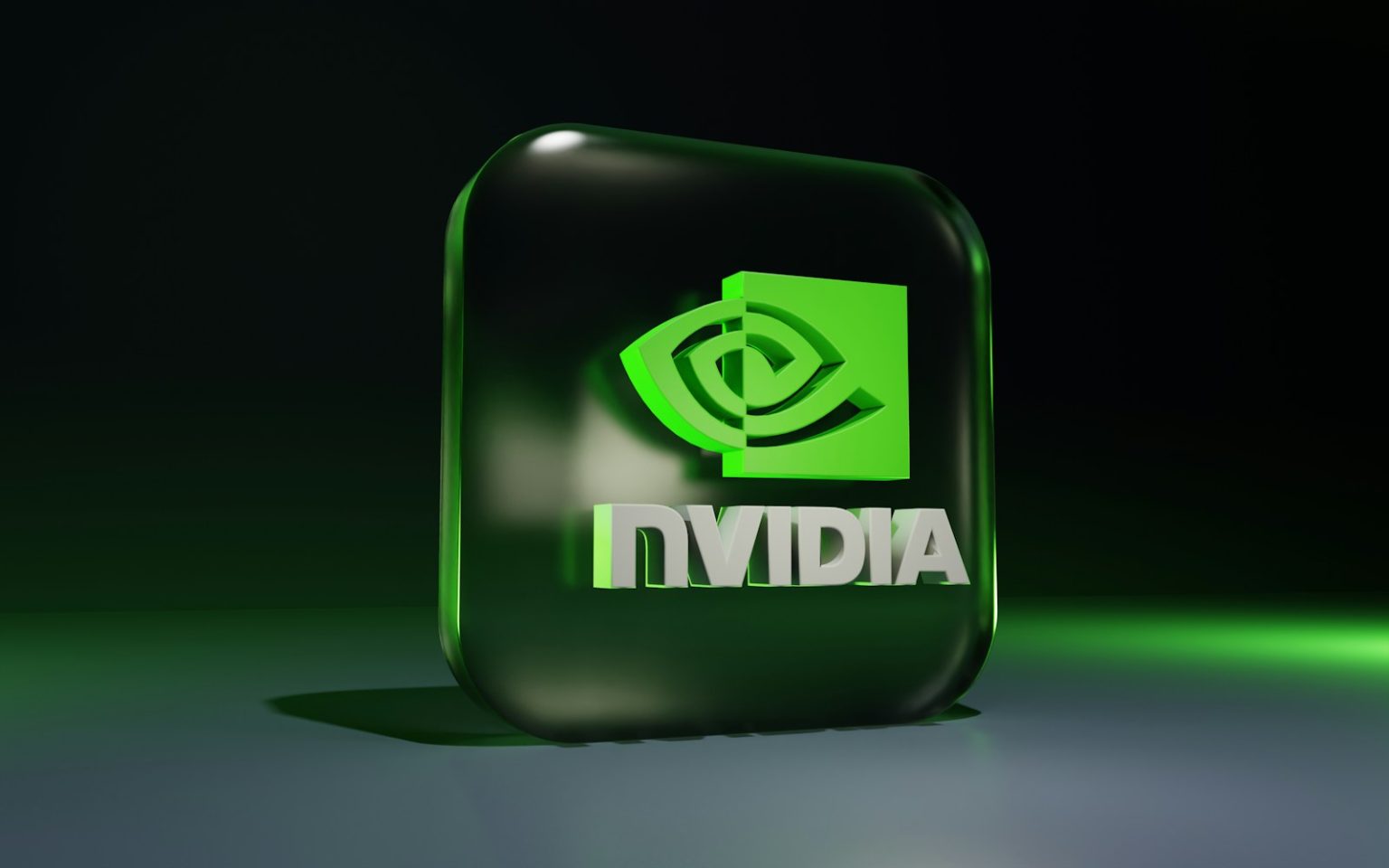The achievement marks a notable shift in the technology sector hierarchy, as Nvidia—once primarily known for graphics processing units (GPUs) for gaming—has transformed into a central player in the AI revolution. This milestone reflects growing investor confidence in Nvidia’s position as the primary supplier of the computational infrastructure powering generative AI applications.
The Rise of an AI Powerhouse
Nvidia’s ascent has been fueled by overwhelming demand for its graphics processing units and data center chips, which have become essential components for training and running large language models and other AI systems. The company’s H100 GPUs have become the industry standard for AI computing, commanding premium prices and facing persistent supply constraints due to high demand.
Market analysts point to several factors behind Nvidia’s remarkable growth:
- Near-monopoly status in AI accelerator chips
- Strong software ecosystem that complements its hardware offerings
- Strategic partnerships with major cloud providers and AI developers
The company’s financial performance has matched its stock price trajectory, with recent quarterly reports showing revenue growth rates exceeding 100% year-over-year, primarily driven by data center sales.
Shifting Tech Sector Dynamics
Nvidia’s milestone represents a significant reshuffling in the technology sector’s market capitalization rankings. For years, Apple had maintained its position among the most valuable companies globally, alongside Microsoft and other tech giants.
“The AI computing era has created a new hierarchy in tech, with companies enabling this transformation seeing unprecedented valuation growth,” said a market analyst familiar with the semiconductor industry.
This shift highlights how the AI boom has redistributed value within the technology ecosystem, favoring companies that provide the foundational infrastructure for AI development over consumer hardware manufacturers.
Supply Chain and Manufacturing Challenges
Despite its success, Nvidia faces significant challenges in meeting the surging demand for its products. The company relies on manufacturing partners like Taiwan Semiconductor Manufacturing Company (TSMC) for chip production, creating potential bottlenecks in the supply chain.
The limited availability of Nvidia’s high-end AI chips has led to extended waiting periods for customers and has prompted some technology companies to develop their own custom AI accelerators. However, Nvidia’s technological lead and software advantages have so far maintained its dominant market position.
Competition in the AI chip space is intensifying, with companies like AMD, Intel, and various startups working to develop alternatives to Nvidia’s offerings. Additionally, major technology firms including Google, Amazon, and Meta have invested in designing custom AI chips for their specific needs.
Despite these competitive pressures, Nvidia’s first-mover advantage and continuous innovation in both hardware and software have allowed it to maintain its leadership position and achieve this historic market valuation milestone ahead of Apple.
As AI adoption continues to accelerate across industries, Nvidia’s position as the primary beneficiary of this technological shift appears secure for the near term, though long-term challenges remain as the AI chip market matures and diversifies.







